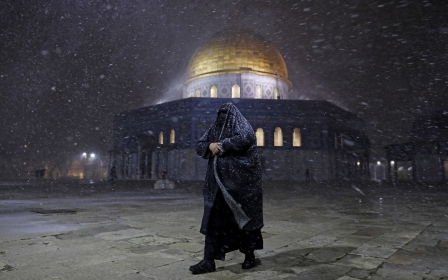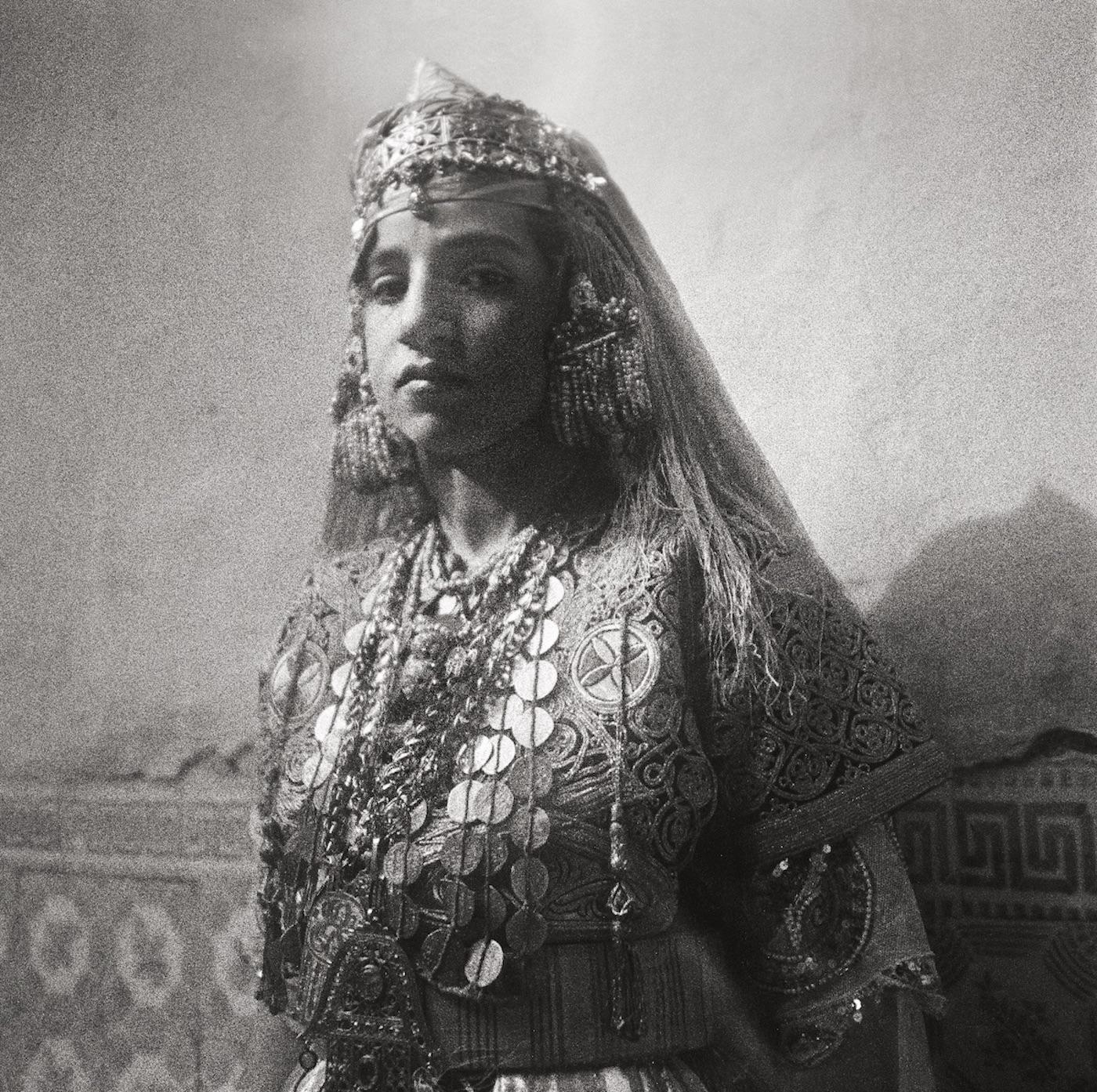
In pictures: Impressions of a lost world in pre-independence Algeria
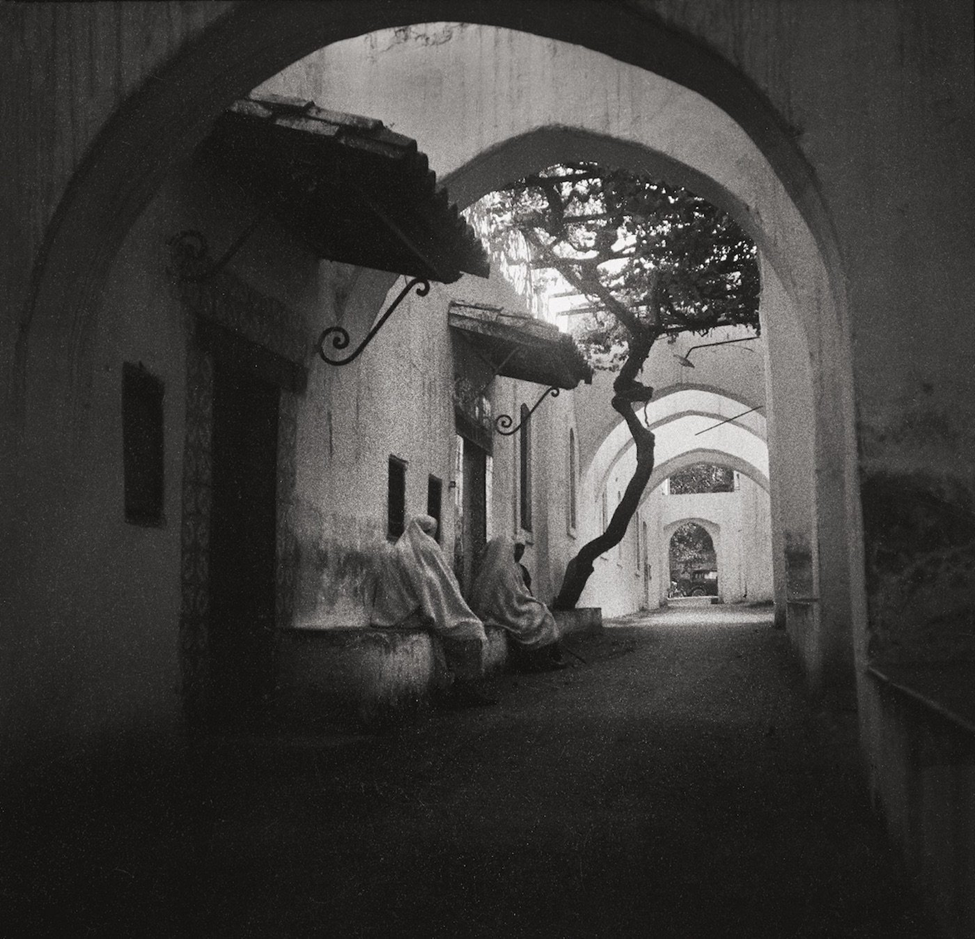
Algerian novelist, poet, and playwright, Mohammed Dib (1920-2003), best known for his early trilogy on Algeria, La Grande Maison (The Big House, 1952), L’Incendie (The Fire, 1954), and Le Métier à tisser (The Loom, 1957) was born in Algeria’s north-western city of Tlemcen.
(All photographs Mohammed Dib, courtesy of the publisher)

Photographs he took of his home city in 1946 when he was 26-years-old were collated by two publishing houses, Editions Barzakh, in Algiers, and Images Plurielles, in Marseille. Last year they were republished in a photobook, Tlemcen ou les lieux de l’écriture (Places for Writing in Tlemcen), offering another facet to the Algerian writer’s talents.
Through some 50 photographs, the reader is told the story of Dib’s city, his family, and the places of his childhood, all of which would inspire his momentous literary oeuvre.

In his novels, Dib writes about his people’s struggle for independence from French colonial rule that began in 1954. “Mohammed Dib is likely one of the first Algerians to have captured the life of the Algerian people at the time,” writes Sofiane Hadjadj and Selma Hellal, the editors of Editions Barzakh, in the introduction to the photobook.
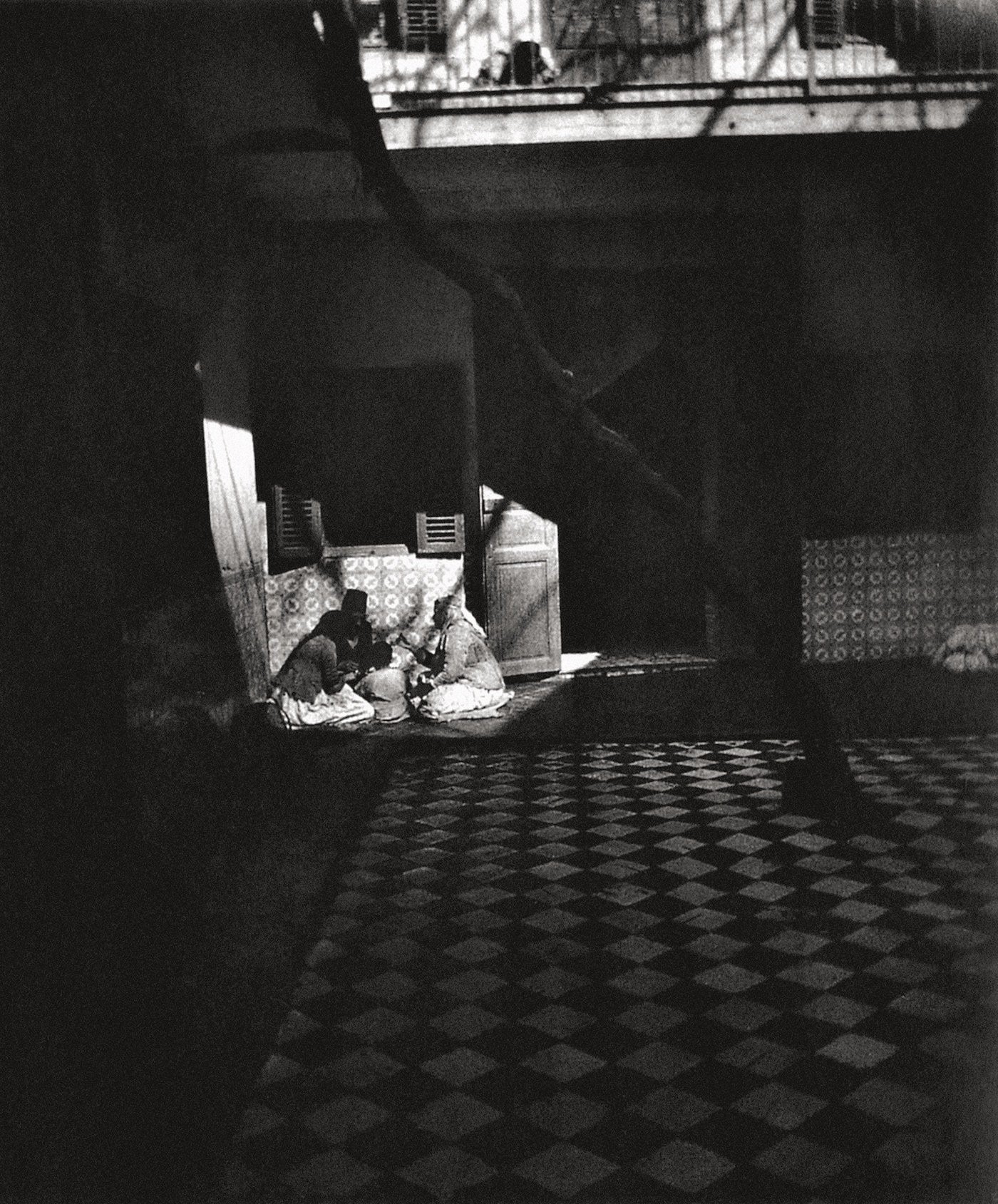
“Inside this book, it is Dib-the-child who has captured those momentary impressions, those fleeting moments. He wants to be a part of a world of adults, and he is so intent on getting there he has left his own childhood behind," writes Algerian author and friend of Dib, Wassiny Laredj, in the book's preface.
"This inner courtyard (above) reflects the hidden secret of Dib-the-child: to have a place of his own for writing, not to become a writer, but simply to feel that he is alive, that he is free."

Referring to the wast-dar or patio (above, at his family home), Dib writes in the photobook: “I used to settle down in a corner to indulge in the pleasure of writing and, if my memory serves me right, the season lent itself to the exercise all year round, which of course is impossible: in the winter, a mix of rain, cold and snow make Tlemcen a little Siberia. Even so, that’s how I remember it. Well, maybe I only wrote when the weather was good. I wouldn’t be surprised.”

“Dib makes the Médresse [a neighbourhood in Tlemcen], with its doors and fortifications which have since disappeared, into a rich source for writing," writes Laredj.
"He brings it back to life, rebuilds it using materials that defy the short-lived: words. The Médresse of old only survives in Dib’s vibrant creations. Scenes from The Loom and Who Remembers the Sea are set in that neighbourhood.”
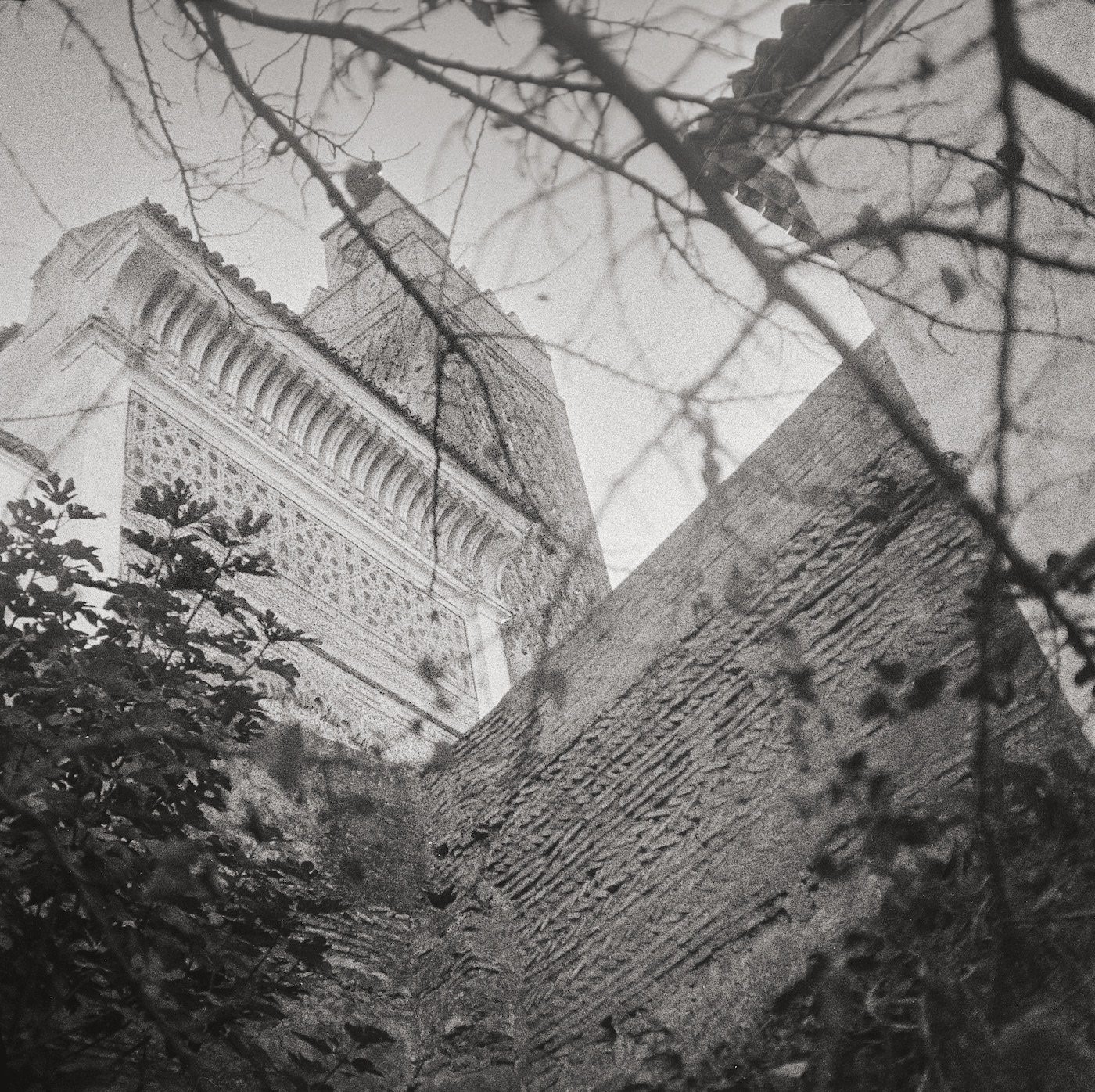
Other places of remembrance emerge in Dib’s black and white photographs. One of these is the mausoleum of Abu Madyan (above), patron saint of Tlemcen, built by the Almohad ruler, Muhammad al-Nasir ibn al-Mansur, in the early 13th century.

The writer recounts his visits to the mausoleum (above) with his family: “We shall therefore leave those populated fields, in the emptiness of the hour, and of solar manifestations, and head towards that pole, indicated by the mosque minaret like a raised index finger.
"Then begins the ascent, the road climbing between the houses of El Eubad, which are hauling themselves upward, too, each higher than the next, and the higher the road climbs, the deeper we descend into ourselves.”
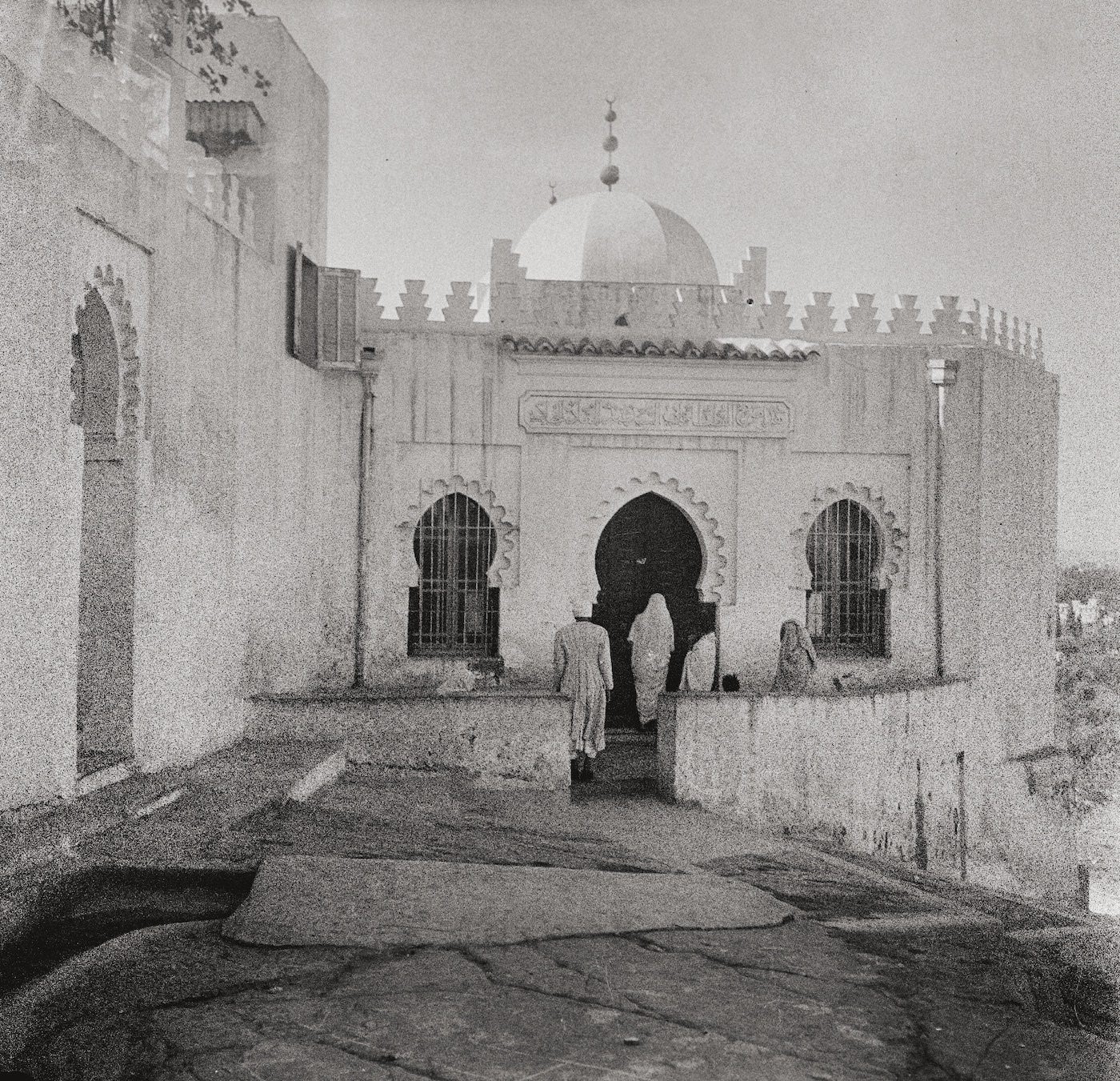
“Legend has it that when he was teaching, birds flying over the assembly would stop in their flight to take in all of his words. Ibn Arabi is said to have always referred to him as ‘Master of Masters,’” Dib writes, referring to the revered 12th century poet, scholar, philosopher and patron saint of Tlemcen.

Places, but also relatives, friends, and this series of children feature prominently throughout the book. Faces that will be brought to life in his literary works.
Laredj recalls something Dib once said: “A childhood is nothing less than that divine spark that is lost forever, that only writing, the novel and poetry can bring back to life. Out of those two forgotten ages, childhood and adulthood, writing is born, and the buried inner child can reappear."
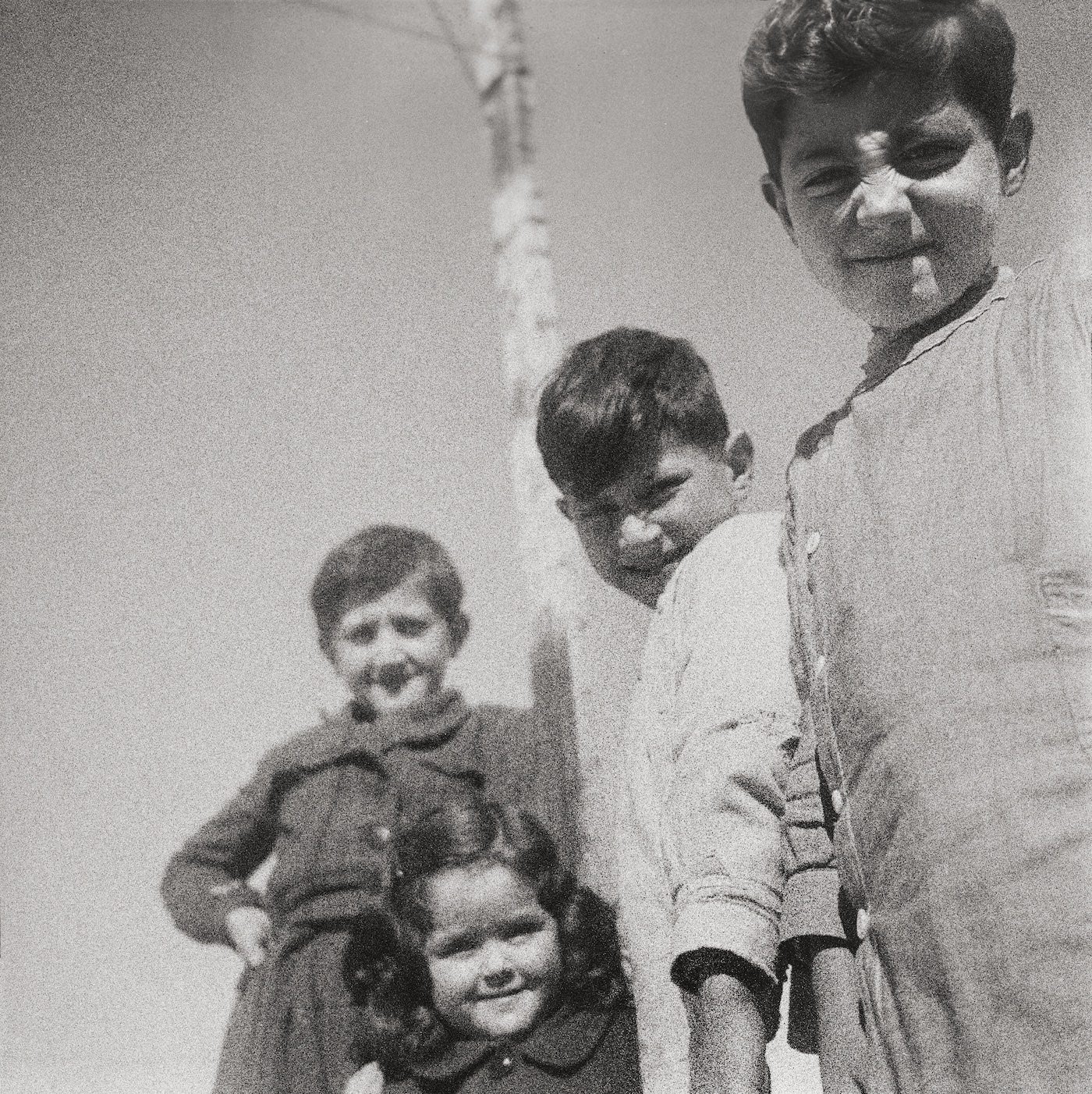
“Starting with his earliest novels, the theme of childhood was always a favourite with Mohammed Dib. A childhood that resembles writing, where distance is the reflection of the great questions of life,” writes Laredj.
A good example of this is the character Omar, the child in The Big House (1952), the first part of Dib’s trilogy. It is the child, Omar, who bears witness to the living hell of the “natives” and to the Algerian people’s growing anger over French colonial rule.
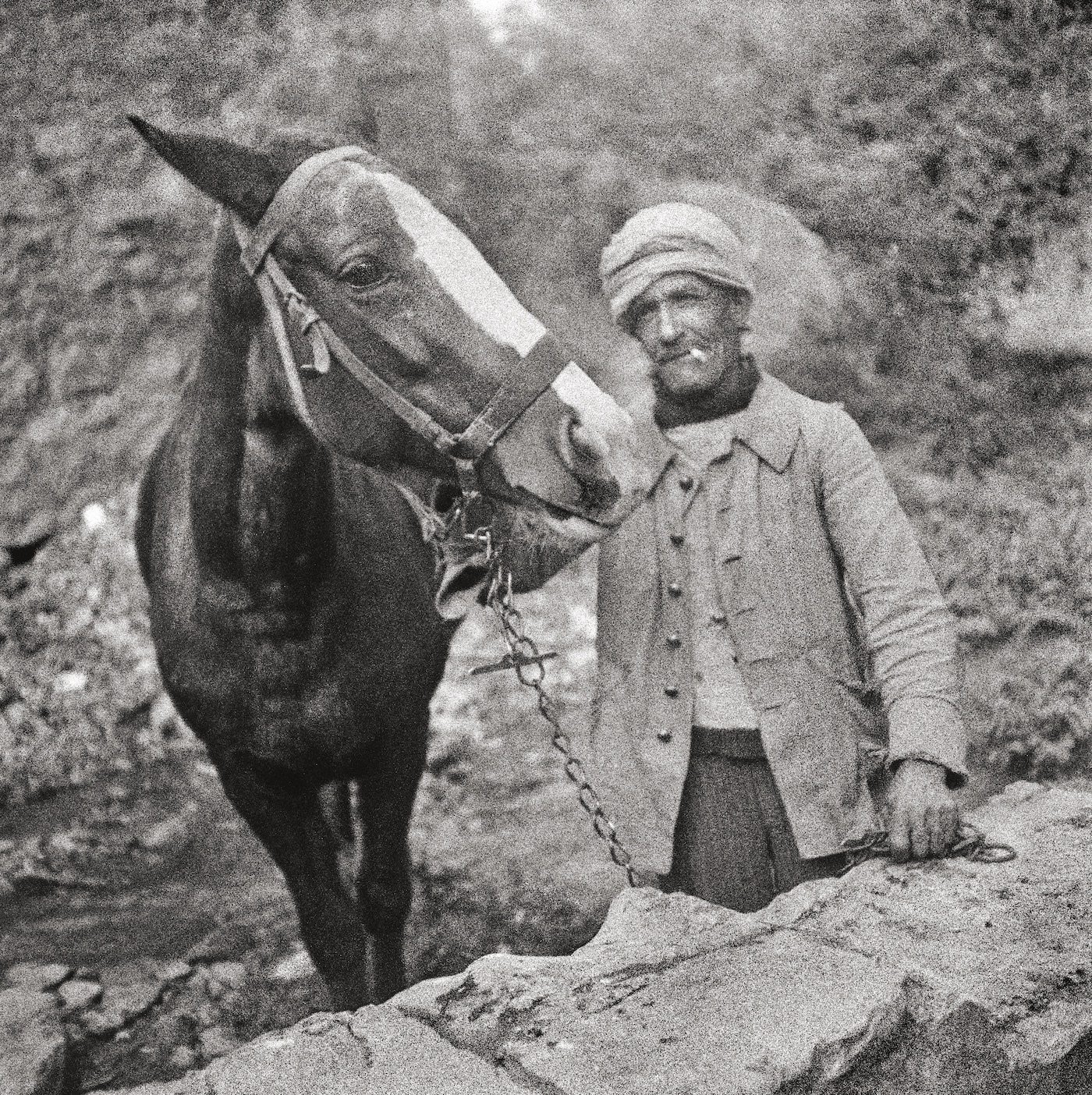
Dib’s achievements as a photographer “testify to his strikingly modern vision, that of a man who is already free, of a poet both ‘within’ and ‘without,’ standing among but also beyond his contemporaries. His photographs constitute a rare and precious archive,” write Hadjadj and Hellal, the editors of Editions Barzakh.

In this photo, Dib chooses a young girl dressed in a traditional Chedda wedding outfit as his subject.
“Dib, with supreme elegance, was able to combine images, places and movements to give shape, using two non-colours – black and white – to that which is absent. A photo is a moment captured in time, beyond the time of its taking and the moments leading up to it, which remain to be defined, and those that come afterwards, which we can only imagine or perhaps wonder about," writes Laredj.
"What was Dib doing precisely at that instant? What came after that fortuitous moment when he got the perfect shot?” Laredj leaves the reader to question.
This article is available in French on Middle East Eye French edition.
Middle East Eye propose une couverture et une analyse indépendantes et incomparables du Moyen-Orient, de l’Afrique du Nord et d’autres régions du monde. Pour en savoir plus sur la reprise de ce contenu et les frais qui s’appliquent, veuillez remplir ce formulaire [en anglais]. Pour en savoir plus sur MEE, cliquez ici [en anglais].


